GUIDE TO RUBBER SELECTION
- By Dr. Samir Majumdar
- December 29, 2020
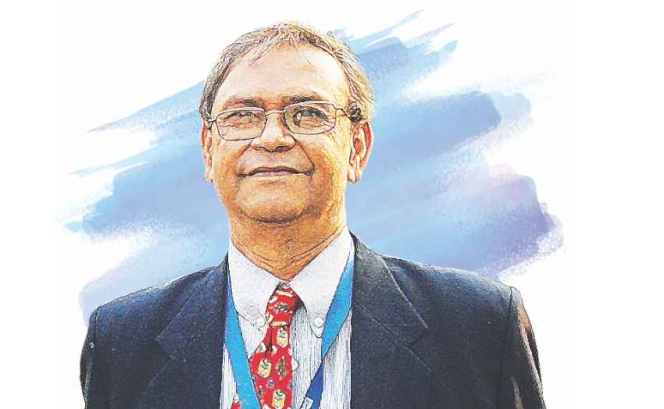
In the 1930s, when rubber became one of the essential commodities, selection was never a problem because we had only Natural Rubber (NR) that time. Today, beyond 2010, there are number of elastomers are being used in the industry and the choice is typically important with respect to the competitive advantage of both, durability in the service and cost.
NR was called rubber because it could have rubbed out pencil mark. When other synthetic rubbers were produced, they had also similar property of rubbing out pencil mark, but were called elastomers because NR was then typically identified as Rubber. However, both NR and other synthetic rubber (SR) together are called elastomers, because they had typical elastic properties and interestingly, all rubber and elastomers are high polymers. From the time 1930 , industries have increased many folds of time. Engineering requirement in the manufacturing industries, with respect to temperature, pressure and durability have also simultaneously increased and our demand on the applications have also been increased.
CAPTION Fig.1: Asia Pacific Total Elastomers (54%), NR+SR
With very competitive demand in the market, all rubber properties cannot be achieved only by NR. Balancing critical demand for rubber applications, that we require in our day to day life, use of SR or blending with SR has become very common practice in the industry today.
For example, other than pneumatic tyre, there is hardly any uses of NR these days in automotive industries. Uses of various grades of EPDM, Silicone rubber (Q), Nitrile rubber(NBR), Fluoro Elastomers (FKM) , Perfluoro Elastomers (FFKM) , Hydrogeneted Nitrile rubber (HNBR), Chlorosulphonated Polyethylen (CSM), Polychloroprene(CR) , Polyurethane Rubber (AU/EU), Fluorosilicone Silicone Rubber (FQ) etc. have been increased due to typical automotive parts requirement. Since automobile spares are now mostly manufactured in Asia Pacific countries, they are the largest consumer of total elastomers (Fig.1).
CAPTION Fig.2: Only SBR is the highest (47%) synthetic rubber
After NR, the next high consuming elastomer is SBR (Fig.2) because of its higher filler and oil loading capability and higher abrasion resistant quality. After SBR, the next high quantity rubber used is BR, followed by IIR (BIIR,CIIR) and EPDM. Recently silicone rubber uses have increased many fold times in Western countries, China, Japan, Korea and in India. However, the total SR uses remains highest in Asia Pacific(Fig.3).
CAPTION Fig.3: Asia Pacific Highest Consumer of SR (48%)
In critical applications, it is therefore, advisable to give considerable thought, or take advice, on the formulation of the compound. As the potential for 'tailoring' compound to specific applications is essentially limitless, it is often advisable to carry out preliminary qualification tests to ensure that the compound chosen will perform as intended by customer need.
A considerable thought in critical applications, for the formulation of the specific compound need considerable experience with selecting raw materials and art of processing. Very common mistakes by rubber compounder is mostly related to incorrect selection of (1) ingredients, (2) their doses, (3) rubber blends and (4) correct machines. Rubber compounding is an art of developing rubber mixtures with suitable raw material and their doses, that will perform in desired services but with minimum cost possible such that product can be competitive in the market and can be processed well in machines without any difficulties faced by man and machines.
There are broadly two classes of Rubbers or elastomers, they are Natural Rubber (NR) and Synthetic Rubber (SR). NR occurs naturally in the plant and hence the name but all synthetic rubbers are man made rubbers and are produced by chemical synthesis. Among the Synthetic elastomers, there is again two category; one is general purpose rubbers (GPR),which can be used as equivalent to NR, e.g., Butadiene Rubber (PBR) and Styrene Butadiene Rubber (SBR) and the other category is specialty elastomers. Specialty elastomers are generally costlier than GPR and are only used in special purpose. Following are the list of specialty elastomers ,which are widely being used in rubber industry beyond 2000:
Butyl Rubber (IIR), Chlorobutyl Rubber (CIIR), Bromobutyl Rubber (BIIR), Chlorinated Polyethylene(CM), Chlorosulphonated Polyethylen (CSM), Ethylene Acrylic(EEA) , Ethylene Propylene Rubber(EPM) , Ethylene Propylene Diene Rubber(EPDM), Fluoro elastomers (FKM), Hydrogenated Nitrile Rubber (HNBR), Isoprene Rubber (IR), Nitrile Rubber(NBR) , Polyacrylic Rubber (ACM), Perfluoro Elastomers (FFKM), Polychloroprene (CR) , Polysulphide Rubber (TR) , Polyolefin Elastomer (POE), Polyurethane Rubber (AU/EU) , Silicone Rubber(Q), Fluorosilicone Silicone Rubber (FQ) etc.
Elastomers having carbon-carbon double bond on the elastomeric backbone could be cross-linked with sulphur and accelerators. Many of these elastomers are also could be cured with organic peroxides, examples are NR,SBR,BR, AU/EU, CM, CR,CSM,EPM,EPDM,FPM,NBR,HNBR,IR,POE,Q,FQ. Elastomers that cannot be cured with organic peroxides are; ACM,IIR,CIIR,BIIR,ECO.
Rubber compounding
Rubber compounding is an art of developing rubber mixtures with suitable raw material and their doses, that will perform in desired services but with minimum cost possible such that product can be competitive in the market and can be processed well in machines without any difficulties faced by man and machines. In all rubber industry today, the biggest challenge is cost reduction of a good quality product. During selecting raw materials, therefore, the cost of these will also play a vital role in compound designing.
A rubber product might require desired physical properties and ageing properties. For this one need to add particular reinforcing filler or a suitable combination of reinforcing fillers to have desired physical properties. The typical ageing resistant property may be achieved with only NR by adding suitable anti-degradants or, NR could also be blended with synthetic elastomers with better ageing resistant property. NR being cheaper and easily available it is the first choice having good strength, abrasion , tear strength and low heat development in dynamic condition. A synthetic rubber product might require good green strength , in that case either NR or blend of rubber is the choice. For example, for better green strength of CIIR, it is often blended with NR.
CAPTION Fig.4: Turn-up Bladders
A rubber product may require a specific need , say air retention property or oil resistance property. For the former case the choice is essentially butyl rubber (or, halobutyl rubber , CIIR,BIIR) and for the later it is usually, NBR/HNBR and for both oil resistance and air impermeability, the usual choice is NBR / HNBR rubber (Turn-up bladder for tyre building operation, Fig.4). For a typical product, if the property demands oil resistance at 200 0C, then the choice is FKM (Fluoroelastomers) or Q. For resistance upto 328 0C , it is FFKM.
CAPTION Fig.5: Typical Industrial Gaskets
Heat resistance property is typically related to product durability and sustainability at desired temperature and is very important for various industrial gaskets (Fig.5). For temperature resistant rubber compounding and following temperature resistance of the polymer is important, NR ~ 65 °C, SBR ~ 75 °C, NBR ~ 110 °C, HNBR ~ 180 °C, Q ~ 200 °C+, FKM ~ 240 °C, FFKM ~ 328 °C. The temperature ranges quoted are only a rough guide, because the temperature resistant property also depend on the typical compound design as well, depends upon the particular application, and may depend on detailed differences between alternative versions of the same rubber.
Rubber compound is always developed as per customer need. For any rubber article, the first choice is the selection of right rubber. Rubber is selected mostly on the basis of :
- Cost
- Heat and/or Oil Resistance
- Temperature Requirements
- Energy Absorption
- Seal Ability
- Flex Resistance
- Water Resistance
- Gas Impermeability
- Electrical Properties
- Abrasion Resistances
- Dynamic Properties
- Flame Resistance
Rubber compound related definitions
- Elastomer, a polymeric material that recovers substantially to its original shape after significant deformation at room temperature.
- Compound, a mixture of elastomer and other materials that is intended to process (mold) satisfactorily and meet end-use specifications.
- Filler, a particulate material added to an elastomer that modifies both the workability and the end-use behavior of the resulting composition.
- Plasticizer, a material added to an elastomer to improve its workability.
- Resins are added to improve rubber tack.
- Waxes also used as plasticizer , are also added for smooth finish of rubber articles.
- Antioxidant, a chemical added to a compound to slow or prevent oxygen attack on the compound.
- Antiozonant, a chemical added to a compound to prevent ozone attack.
- Cross linking agent, a chemical added to a compound to link the long molecules in a polymer together, or to assist in the cross-linking process.
- Accelerator, a chemical added to a compound to increase the rate of cross-linking in the compound.
- For example, sulfur links the long molecules, while an accelerator increases the cross-linking rate.
- Retarder, a material added to an elastomer compound to delay the onset of cross linking (scorch).
- Vulcanization is same as cross-linking but with sulphur.
- Peroxide also helps in cross-linking process.
Elastomer blends
Elastomer blends often creates problem when two different types of unsaturated rubbers are mixed and vulcanized together. For example, NR and IIR have two different unsaturation level and hence both sulphur , ZnO and black flows more towards polar rubber, on NR phase, and results undercure in IIR phase and the resultant blend vulcanizate becomes spongy and cannot be used.
GPR (NR,SBR,BR) rubber could be blended to any proportion. For higher synthetic rubber level (BR,SBR) , accelerators dose is often adjusted to higher side and sulpur level is adjusted to lower side, because for equivalent curing, BR, SBR requires more accelerators as compared to NR. Stearic acid is added 2-3 phr with only synthetic elastomer and for NR, stearic acid dose of 0.5 phr is enough.
CAPTION Fig.6 : Micro Dispersion of Rubber Blends
Practically most of the polymers are not miscible to 100%, polymer blends usually consist of micro-dispersion of one rubber into the other rubber and this results after intensive mixing of these two different polymers. These micro dispersed rubber often has dimensions around 0.1-1.5 nm(Fig.6). When fillers are also mixed into such blends, a situation may develop in which the filler unevenly distributed between two phases. Such uneven distribution of fillers, naturally effects the uniformity of compound physical properties. In most blends the effect on the properties of blended elastomers depend on:
- The polymer compatibility
- Distribution of fillers in different phases and
- The degree of cross-links between rubber phases
Though NR,SBR,BR could be blended to any proportion , yet the blended phases are not compatible to hundred percent and there is also phase separation, where, on proper identification one can witness that there is phase separation with NR & SBR, NR & BR, BR & SBR. However, upon proper mixing these phase differences could be minimized (Fig.7) such that the resultant blend gets cured almost homogeneously . That is why very highly dispersed NR (5 to 10 parts) could also be co-cured with IIR.
CAPTION Fig.7 : Well Dispersed Rubber Blends
IIR cannot be blended with GPR but can be blended with EPDM (having ENB diene content between 2-3 mole%) to any proportion. Higher diene content EPDM rubber (ENB, >9.0% mole) could be well blended with GPR. If high diene content EPDM is blended with IIR, filler, sulphur, accelerator and zinc oxide flows more towards EPDM than IIR. IIR could be blended with CIIR and BIIR to any proportion. Such blend is often used in making tyre inner-tubes and hose jacket compounds. When CIIR and BIIR doses are on the higher side with IIR (>60phr) it is worthwhile that zinc oxide is added in the final batch since zinc oxide is curative for CIIR & BIIR.
Besides zinc oxides, CIIR and BIIR can also be cured with sulphur/accelerator system as well. However, for very good heat resistant property, they are often cured with ZnO. Highly dispersed plastic (LDPE) could also be blended with CIIR/BIIR with no detrimental effect but with improvement on air permeability.
CIIR and BIIR could be blended to any proportion with GPR. Such blend is often used in tyre inner liner. When CIIR and BIIR doses are on the higher side (>60phr) both zinc oxide and amine type anioxidant/antioxonates are added in final batches as these are curatives in CIIR and BIIR.CIIR blend with GPR and EPDM is used in PC sidewall for glossy finish sidewall and addition of CIIR also help to reduce the curing time of PC tyre. Blend of EPDM/NR/SBR and EPDM/NR/SBR/CIIR are often used in tyre side wall compound for better look.
CR rubber is not normally blended in the industry as it is mostly used in adhesive industry. However, they can be blended to any proportion with GPR. In adhesive industry crystallinity is important and CR gives the highest degree of crystallinity among all general-purpose rubber. CR could be blended with IIR , close to 5-15 phr, for bladder making and in general, only 5.0 phr is added in the beginning of the mixing cycle.
In bladder mixing, Zinc oxide could be mixed with CR in master batch. CR is premasticated in mixing mill for making bladder compound, before adding in Banbury.CR/BR blend is used in hose covers.CR could also be blended with GPR at any proportion like CIIR. Both zinc oxide and amine type antioxidant / antioxonates are added in final batches as these are curatives in CR and CIIR.
In general Silicone rubber (MQ,PMQ,VMQ) cannot be blended with any other rubber because of phase difference problem but highly dispersed EPDM could be blended with it upto 10 -15 phr. EPDM/Q blend is used in heat resistant cover roll compound.
EPDM, being a good elastomer as weather resistant and heat resistant is often blended with number of other elastomers to get the benefit of the vulcanisates.
EPDM/CR blend are very popular in making gaskets. EPDM/IR blend is widely used in car wiper rubber blades. EPDM/SBR blends are used in gaskets, sponges and hose stocks. EPDM/CSM blend is used in transmission belt, conveyor belt and in hose covers. EPDM/LDPE blend is very popular in making cable insulation compound.
NBR in general, is not blended with other elastomers as this rubber having higher degree of polarity , is exclusively used for oil resistance property. It may have acrylonitrile content ( ACN) ranging from 18-50%. Incase of higher oil resistance, the elastomeric grade is selected with higher ACN. For better abrasion however, 10-20 phr of BR could be added to NBR with the aid of good dispersing agents , used in shoe sole, high abrasion resistance rolls and in conveyer belts. Higher ACN content will have better abrasion property. NBR could be cured both by sulphur/accelerators or by peroxides. Hydrgenated NBR (HNBR) has emerged into market with better heat resistant property as compared to NBR. For intermediate heat resistant property NBR and HNBR could be blended.
NBR/SBR blends used in hydraulic hose tubes, high pressure hose, belt cover, idler roll compounds and in gasket compounds. NBR/PVC blend and NBR/PVC/BR blend are used for roll cover compound, very popular in electric cable insulation and in closed cell sponge applications in shoe industry. XNBR/PVC blend is used for heavy duty cable jackets, roller cover, belt cover, hose cover stocks etc. NBR/IR blend and NBR/TR blend is popular in colored or non-black roll covers. The later is mostly used in printing roll cover compound.
Global Natural Rubber Market Tightens Amid Improved Demand, ANRPC Reports
- By TT News
- November 07, 2025

The global natural rubber (NR) market experienced fluctuating prices in August 2025 as supply constraints coincided with signs of improving demand, the Association of Natural Rubber Producing Countries (ANRPC) said in its latest Monthly NR Statistical Report.
The association noted that seasonal factors supported stronger consumption, particularly in China, where declining port inventories signalled healthier demand. However, heavy rainfall and labour shortages in key producing regions curtailed tapping activities, tightening supply conditions.
“Natural rubber prices experienced a fluctuating trend due to several factors, including constrained supply and improving demand,” ANRPC said. “Seasonal factors boosted consumption, particularly in China, where inventory reductions at major ports indicated improved demand. However, rainfall and labour shortages in producing regions limited tapping activities, tightening supply.”
According to updated data from member countries, global natural rubber production is projected to increase by 0.5 percent in 2025 compared with 2024, while demand is expected to grow by 1.3 percent over the same period.
The association said market sentiment had turned “increasingly optimistic” with stronger purchasing interest, driven by the traditional peak season for natural rubber, especially from the all-steel tyre and heavy-duty truck segments.
The ANRPC encouraged subscribers and stakeholders seeking more in-depth insights to refer to the full report or contact the ANRPC Secretariat for subscription details.
India Opens Anti-dumping Probe Into Halobutyl Rubber Imports From China, Singapore And US
- By Sharad Matade
- November 06, 2025
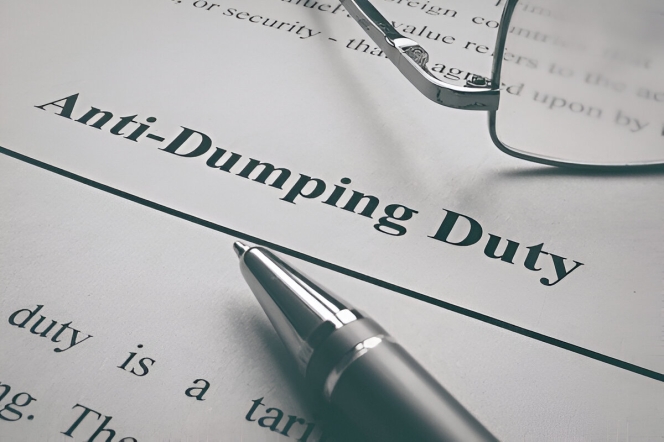
India has launched an anti-dumping investigation into imports of Halo-Isobutene-Isoprene Rubber (HIIR) from China, Singapore and the United States, following a complaint from Reliance Sibur Elastomers Private Limited, the Directorate General of Trade Remedies (DGTR) said in a notification.
The domestic producer alleged that the three countries were exporting the rubber to India at unfairly low prices, causing injury to the local industry. The company has sought the imposition of anti-dumping duties on the product, which is used in tyre inner liners, hoses, seals, tank linings, conveyor belts and protective clothing.
The DGTR said there was prima facie evidence that imports had risen “significantly” and were being sold below normal value, resulting in price depression and affecting the domestic manufacturer’s capacity utilisation and profitability. The authority noted that the dumping “is causing material injury to the domestic industry”.
The investigation will cover the period from July 2024 to June 2025, with an examination of injury trends dating back to April 2021.
HIIR, also known as halobutyl rubber, is classified under the broader synthetic rubber tariff category. Reliance Sibur Elastomers is currently the only producer of the material within India.
If the investigation confirms dumping and injury, the DGTR may recommend the imposition of duties to offset the impact and “remove the injury to the domestic industry”. Interested parties have 30 days to submit data and make their representations to the authority.
Global Carbon Black Market To Hit USD 44.8 Bln By 2034, Driven By Tyre And Autom Demand
- By TT News
- November 06, 2025
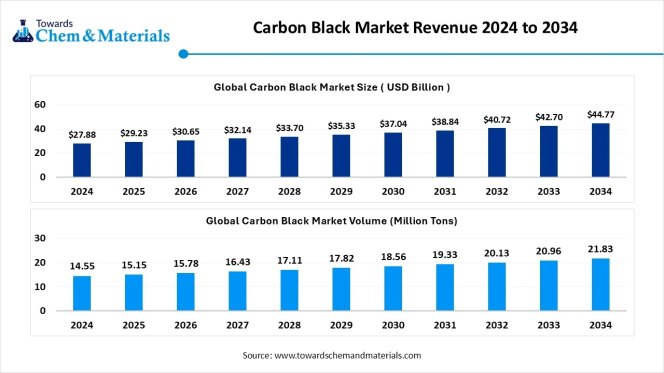
The global carbon black market is projected to grow from USD 27.88 billion in 2024 to USD 44.77 billion by 2034, expanding at a compound annual growth rate (CAGR) of 4.85 percent between 2025 and 2034, according to a new report by Towards Chemical and Materials, a research arm of Precedence Research.
The study estimates that the global market volume will rise from around 15.15 million tonnes in 2025 to 21.83 million tonnes by 2034, growing at a CAGR of 4.14 percent, driven primarily by increasing demand for tyres, automotive components and high-performance plastics.
Carbon black – a fine black powder made through the incomplete combustion of hydrocarbons – is a critical material used to reinforce rubber in tyre production and enhance strength, durability and UV resistance in plastics, coatings, and batteries.
Asia Pacific accounted for about 58 percent of global market share in 2024 and is expected to remain the largest and fastest-growing regional market, supported by expanding tyre and rubber manufacturing bases in China, India and Southeast Asia. The region’s carbon black market was valued at USD 16.95 billion in 2025 and is projected to reach USD 26 billion by 2034.
“The Asia Pacific region continues to lead both in production and consumption of carbon black, owing to its strong automotive, tyre and plastics industries,” the report noted, adding that China remains the world’s largest producer and consumer.
The furnace black segment dominated the market in 2024, accounting for about 60 percent of global industry share, due to its superior reinforcing properties in tyres and versatility in plastics and coatings. Meanwhile, the tyres and rubber products segment held a 55 percent share, reflecting the material’s indispensable role in the automotive sector.
Performance applications such as batteries, conductive polymers, and specialty coatings are emerging as key growth drivers. Demand for specialty carbon black and conductive grades is rising with the proliferation of electric vehicles, renewable energy systems, and electronics manufacturing.
Artificial intelligence (AI) is also shaping the carbon black industry, with automation and predictive analytics enhancing process efficiency, product consistency, and sustainability, the report said. AI-driven systems are enabling real-time monitoring and predictive maintenance in production plants, reducing waste and energy consumption.
Sustainability remains a key trend, with manufacturers investing in greener technologies, renewable feedstocks and recovered carbon black (rCB) from recycled tyres to meet circular economy goals. “Turning end-of-life tyres and rubber waste into recycled carbon black is opening new sustainable pathways for producers,” the study noted.
Among key players profiled in the report are Tokai Carbon Co., Ltd., Continental Carbon, Jiangsu C-Chem Co., Ltd., Himadri Speciality Chemical Ltd., Sid Richardson Carbon & Energy Company, Cancarb Limited, Philips Carbon Black Ltd., OCI Company Ltd., Columbian Chemicals Co. (Birla Carbon), Aditya Birla Group, and Raven SR, LLC.
Recent industry developments include PCBL Chemical Ltd.’s establishment of a wholly owned US subsidiary in Delaware in July 2025 to enhance supply chain localisation and strengthen its North American footprint, as well as the West Bengal government’s efforts to attract foreign investment in its carbon black industry to support the electric vehicle, tyre, and battery markets.
The report also forecasts rapid growth in North America, fuelled by clean manufacturing practices, sustainable process adoption and expansion in high-performance plastics and battery applications. Europe, meanwhile, is benefiting from stricter environmental regulations and the EU Green Deal, which are promoting eco-friendly and specialty grades.
The global carbon black market is expected to maintain steady long-term growth as manufacturers diversify into advanced applications and invest in sustainable production technologies to meet evolving industrial and environmental demands.
Kraton To Streamline Berre Polymer Operations Focus
- By TT News
- October 26, 2025
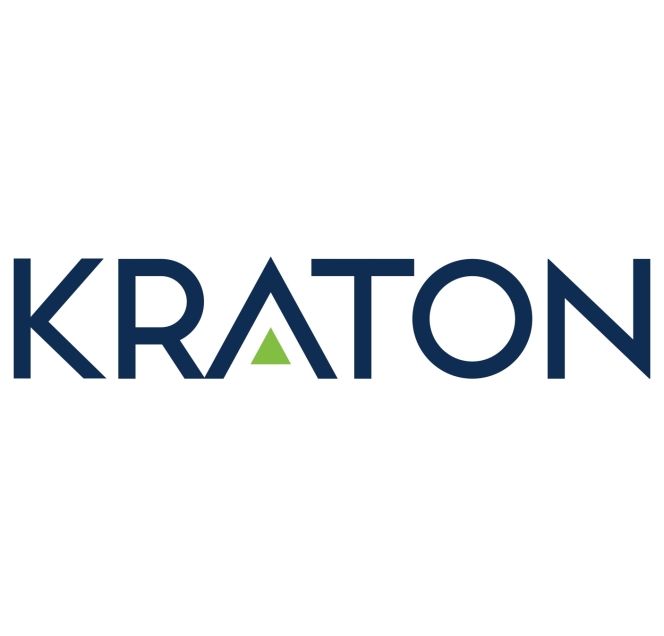
Kraton Corporation, a leading global producer of speciality polymers and high-value biobased products derived from pine chemicals, has revealed a new strategic initiative for its Berre, France facility. The plan involves streamlining its polymer operations to concentrate exclusively on manufacturing USBC products, which will result in the cessation of HSBC production at that site.
This move is designed to bolster Kraton's long-term competitiveness by optimising its manufacturing footprint in reaction to a global overcapacity for HSBC. The company has formally started an information and consultation process with the local Works Councils, with a final decision expected following this mandatory period. The company has reaffirmed its commitment to supplying HSBC from its broader global network and to leveraging its worldwide presence to continue adapting to market demands.
Prakash Kolluri, President, Kraton Polymers, said, “Our aim with this plan is to strengthen Kraton’s long-term competitive position by optimising our manufacturing footprint in response to changing market dynamics associated with global overcapacity of HSBC production capability. With this step, we are preparing Kraton for a sustainable future by securing Kraton’s position as the leading global HSBC producer. Kraton is fully committed to supporting our customers through this transition with supply of HSBC products produced within our unmatched global manufacturing network. We recognise the impact of these actions, and are committed to a safe, respectful and supportive transition. The health, safety and well-being of the employees remain our top priorities.”


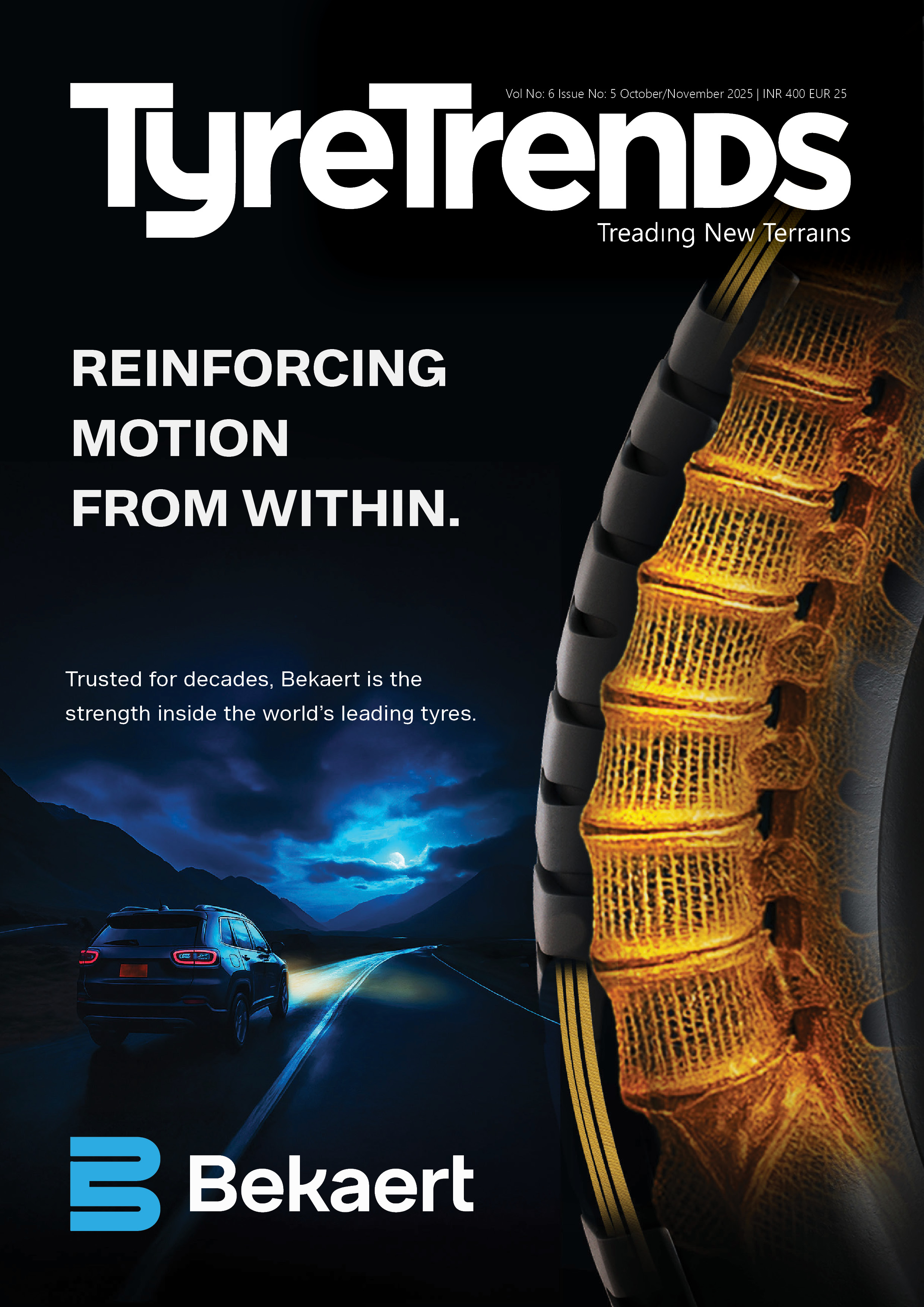




Comments (0)
ADD COMMENT